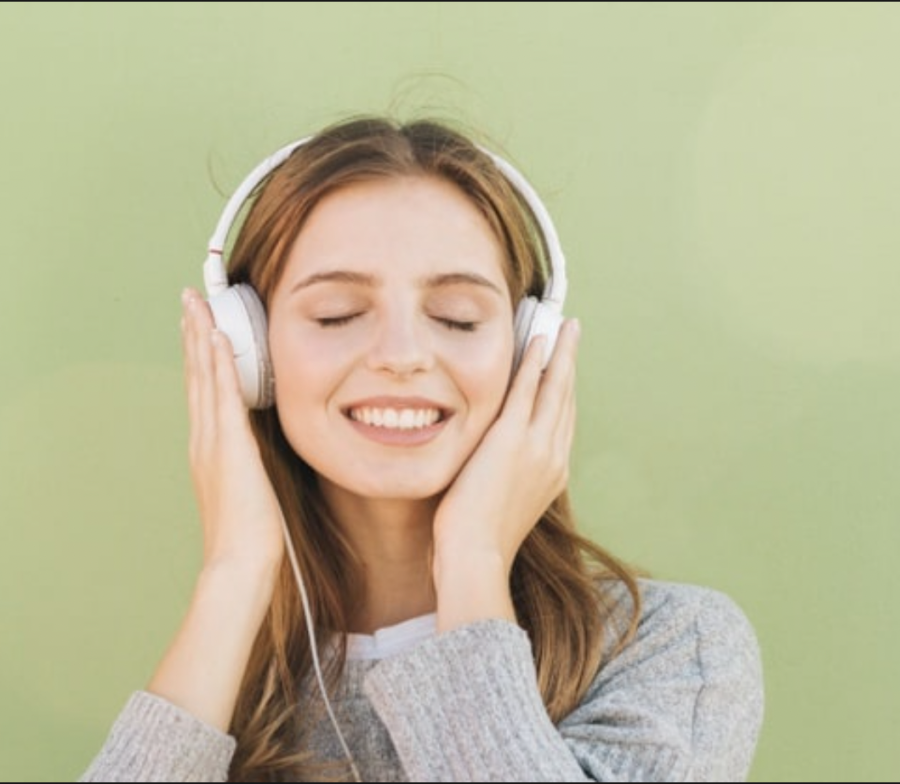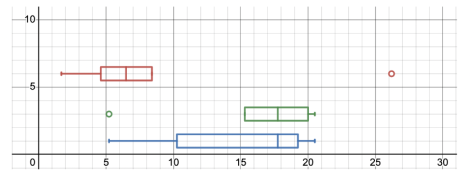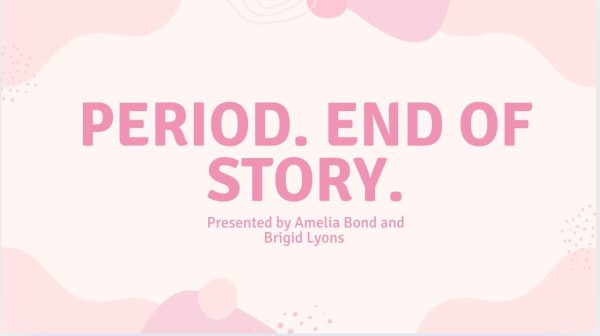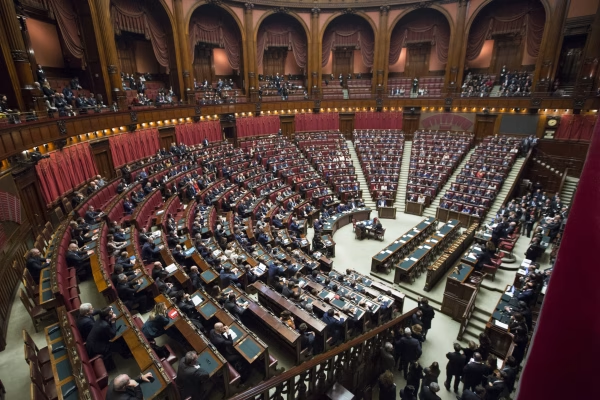Abby’s ASI Paper: Direction and Focus
Background
In this project, I wish to look into the different ways that music affects somebody’s focus and reaction time on different intellectual tasks. This is interesting to me because I am somebody who frequently listens to music while I am studying or doing homework. Sometimes I wonder if my study strategies are inefficient, because I can definitely sometimes find myself being distracted by my music and I need to turn it off. I sometimes wonder if there is a specific type of music that is best for schoolwork or focus, or if music is generally worse for studying and people should genuinely stop listening to music while focusing. By testing people’s ability to focus and react with music in, I can see how genuinely productive it is to include music in study habits. In my research up until this point, I have found mostly articles that state how multitasking takes down someone’s awareness of both activities significantly which leads me to hypothesize that likely music will increase the time it takes somebody to finish a task. On the other hand I read one article saying some types of music may help to be able to increase focus over longer periods of time, so I wonder if in a longer study session the right kind of music would actually be able to increase focus- which would be interesting to test if I am still looking for data to analyze later in the process.
Guiding Question
Is a person’s focus, and therefore the time it takes them to complete a task, affected negatively or positively by listening to music, and does this positive or negative affect change based on knowledge of the music?
Methods
I conducted an experiment- testing the time it will take people to complete tasks with different types/levels of music playing. I sat people down with a brain teaser, and had them complete the task with music that they choose and know the lyrics to, a song that they choose and they do not know the lyrics to, and with no music playing. I created a playlist with a large variety of songs – and in the case someone didn’t know a song they chose one of their own and the other would still come from that original playlist. Throughout each test I tested the time that it took each person to complete the problem until they got the right answer. I took the data gathered and compared the types of music to the reaction times to see if there is a significant difference between the types of music and the time it took to answer the question correctly.
In terms of randomizing my experiment, I rolled a die three times to determine the order that the person heard the music in. A 1 or a 4 means they had no music playing, a 2 or a 5 means they listened to a song they know, and a 3 or a 6 means they listened to a song they do not know. The result of the first die roll was the first type of music they listened to, the second die roll was the second type of music they listened to, and the third die roll was the third type of music they listened to. If I got a repeat, I rolled again until I got a new result. This way, I used randomization to make sure that the order specifically isn’t what caused any potential differences in their focus. I also randomized the question that I asked them, and I did it independently from what music plays first. I used the same procedure with the die rolls for the order of questions A, B, and C. Having two separate die roll procedures means that I was sure that the combination of one question with one type of song wasn’t the reasoning behind the reaction time being a certain amount longer or shorter than any other combination.
Questions to ask:
- If Edith has lighter hair than Susan, and Edith’s hair is darker than Lily’s, who has the darkest hair? (Susan)
- A cat falls from a 57 foot tree, but lands on a platform that is 29 feet high. How many feet are in between the cat and the ground? (28)
- What color will you get if you mixed the color that you would mix with blue to make green together with the color that you would mix with blue to make purple? (yellow plus red equals orange)
Results and Analysis
To examine my data, I arranged my data points by the type of music that each person was listening to, and listed the reaction time that it took each person to answer their question from that type of music. Once I found the reaction times and organized them by type of music, I found the average reaction time for each type of music. With these average reaction times, I found my quartile data points in order to make a box and whisker plot on desmos, as shown above. These box and whisker plots showed the difference between listening to music that you don’t know the words to (red), music you do know the words to (green), and no music at all (blue). These show very significant differences in reaction time based on type of music.
I wanted to do a confidence interval for this experiment, so I needed to find a probability to be distracted for each of these different types of music. The average reaction time for listening to no music was 21.2 seconds, the average reaction time time for listening to known music was 12.1 seconds, and the average reaction time for listening to unknown music was 6.7 seconds. Added together, these add up to (coincidentally) an even 40 seconds. This makes the percent chance for being distracted if you are listening to known music 53%, the percent chance for being distracted listening to known music is 30.2%, and the percent chance for being distracted if you are listening to unknown music is 16.8%. Using these percent probabilities, at a 90% confidence level the confidence levels I found were : for no music, between 51.71% and 54.29%. For known music, between 30.08% and 30.32%. For unknown music, between 16.71% and 16.89%.
Note:
One thing I realize after working on these equations in class is that I was using my p value rather than my p̂ value, so my confidence intervals were just increasing as the probability of distraction changed- because I didn’t have a p̂ value to be adding or subtracting to.
Conclusions
Through this data, I surprisingly found that you are more likely to be able to be faster and more quickly productive while listening to music that you don’t know and are unfamiliar with the lyrics to. I definitely was expecting to find that listening to no music at all was the least distracting type of music while focusing on a task, but by a landslide the reaction times that I gathered did not show that. I wonder if there was a trend with the ease of the questions that may have made it more likely for some questions to be answered faster than others, and if by chance the die rolls allowed for those questions to fall in similar types of music for each person. I think in the future I would 100% have to have a larger sample size of data in order to be truly confident in the randomization of the questions and the type of music not being impacted by which question was being asked.
I think the small sample size was my most limiting factor in regards to being able to assure quality of data and the tests I could have run on my data in order to find out more about it- like a confidence interval. By having a larger sample size I would have been more confident in the data points I found and the results I was coming up with, and then all of my math and data visualization would have been more credible as a result.
From this data, if I were not skeptical of the quality, I would have been able to conclude that listening to music you don’t know is more efficient for focus than listening to music you know or listening to no music at all. However, I have a sneaking suspicion that reaction time was varied based on which question was asked, and by random chance some of the questions were asked more for people being tested with music they didn’t know than others. In the future, I would run this experiment with not only a larger sample size but a more efficient testing method (like a maze, perhaps?) that would make sure the difficulty level stayed the same for each test for every type of music.
If I were conducting this experiment again, I would make all of these changes to assure more quality data as well as I would change the intention of my experiment to be better suited to measure the likelihood of distraction from each type of music, instead of just recording the reaction times themselves. I would like to find a way to better be able to measure the probability of being distracted with each type of music, so that I could have run tests on it with more precise probability calculations.








